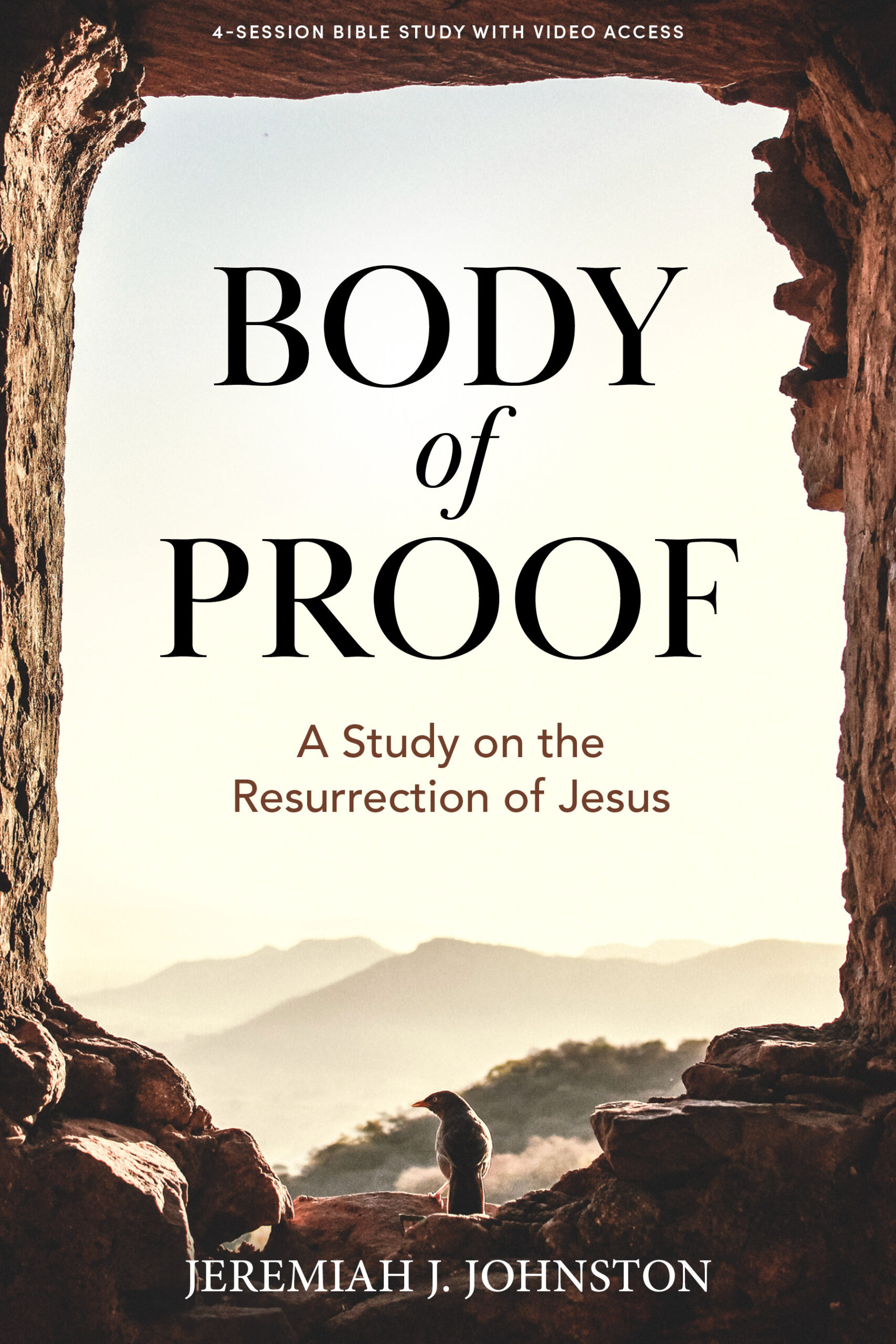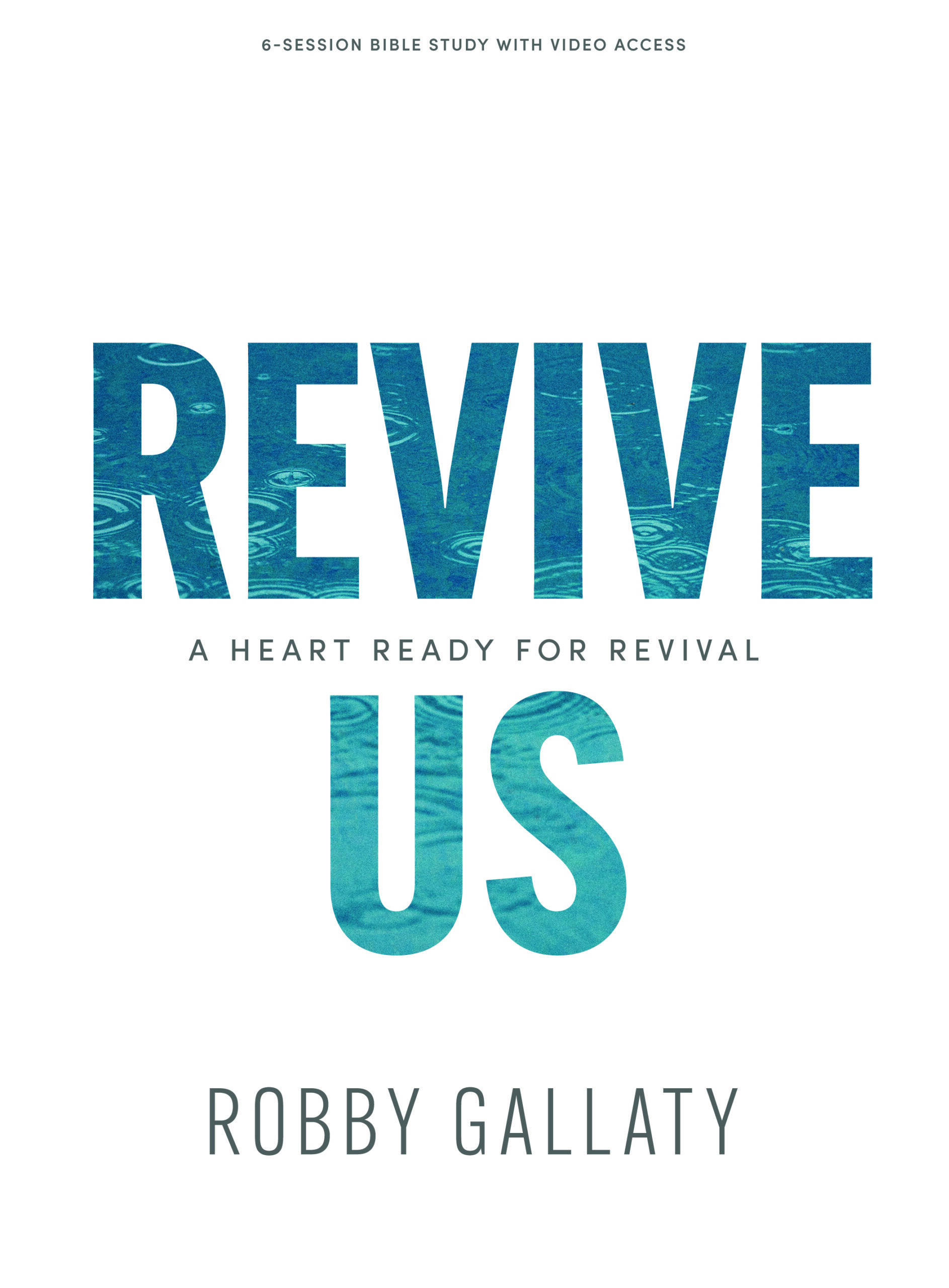Supply shortages, remote learning, pandemic, war, economic stress, media distrust, racial unrest, grocery delivery, seclusion, virtual weddings, political posturing, gender rights, and new media technology. If you walked into a room and saw these things listed on a board most of us would assume we were about to hear something about the last few years. We may be surprised that a similar list could be used to define the early 1920s. In the first chapter of Farsighted (lifeway.com/trainingresources), these same items are noted with reference to the 1920s. Here is some context:
- Supply shortages – Vicks VapoRub was in short supply due to Spanish flu, making newspaper headlines
- Remote learning – Long Beach, CA used telephones during this time to assist students quarantined with polio and chicken pox
- Pandemic – Spanish Flu pandemic, with 1 to 5 percent of world population dying from it.
- War – World War I ended November 11, 1918, with other conflicts taking place afterwards
- Economic stress – no reentry plan for soldiers returning to the U.S. led to high unemployment
- Media distrust – newspapers were censured by government and political interests, and many knew the contents were selective
- Racial unrest – Red Summer of 1919, spurred by economic challenges and migration after WWI
- Grocery delivery – ads appeared as early as July 1916 in an LA paper for phone orders
- Seclusion – Many remained secluded but some cities like Gunnison, CO excluded entrance in response to the Spanish Flu
- Virtual weddings – In June 1918, John Caldwell and Lorene Smith exchanged vows over the phone (he was a soldier with spinal meningitis)
- Political posturing – One example would be prohibition which began in January of 1920 and would eventually be appealed in 1933.
- Gender rights – women’s right to vote granted with the 19th amendment in March of 1920
- Media technology – First radio broadcast in 1910 and first news station in 1920, one of the first religious programs to air was the Chicago Gospel Tabernacle broadcast featuring Paul Rader which began in 1922.
In a way, we have been where we are today before. The similarities of then and now led to a review of resources published by Lifeway (then known as the Baptist Sunday School Board) from 1914 to 1924. The intent was to look for changes in the resources during this period to get clues of how the church responded. Minutes from the annual Southern Baptist Convention meetings were also reviewed with attention given to the Lifeway reports. The biggest difference noticed in the Sunday School resources was a sharper focus on evangelism. The addition by Lifeway of Arthur Flake in 1920 as Director of Sunday School could account for this renewed focus as could the needs of culture. Dr. Kelley affirms the role of Flake in his work Fuel the Fire, but no one ministers in a vacuum. The culture was ripe for this renewed emphasis on evangelism and Flake was in the right place at the right time.
A new door opened for believers living in the 1920s with the culture faced in that day pushing that door open. One wonders if we stand at the same crossroads with a call to foster afresh a reaching culture in our churches and Bible study groups.
This article supports ideas found in Farsighted: Fostering a Reaching Culture in your Church and Bible Study Groups. Download a free copy at Lifeway.com/trainingresources.





Leave a Comment: